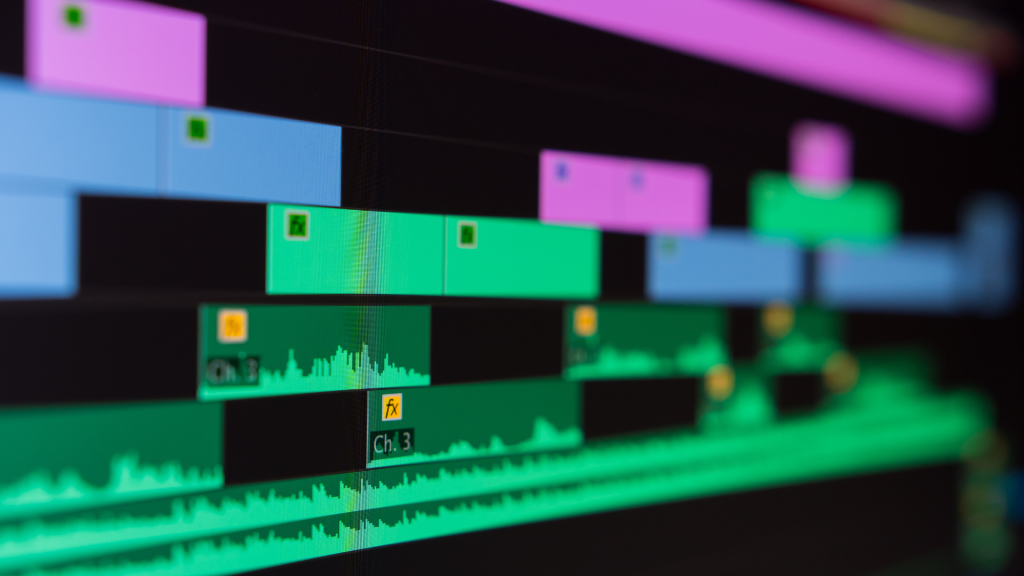Editing music can be a difficult task, but with the right tools, it can be a fairly easy process. In this blog post, We’ll discuss some of the different available editing tools, how to use them, and how they can help you improve your music editing skills.
What is Editing?
Editing is making changes to written materials, such as music. It can be done by various people, such as musicians, journalists, or editors. Editing often involves removing mistakes and fixing grammar, spelling, and punctuation. Editing can also change the meaning of a sentence or song.
Types of Editing Music
There are many different types of editing that can be done to music. These include:
- Audio editing is fixing errors in a recorded audio file. This can include fixing missed words, correcting grammatical mistakes, and fixing microphone issues.
- Music transcription is the process of converting transcriptions into playable notation. This can involve any number of adjustments, including changing time signatures, spacing between notes, and adjusting note values.
- MIDI editing is the process of fixing errors in MIDI files. These errors can occur when tracks are not linked correctly or when notes need to be properly placed on instruments.
- Mixing combines multiple recordings into a final product that sounds acceptable to the listener. It can involve adding sound effects, removing background noise, and balancing levels so everything sounds consistent from one track to the next.
- Mastering finalizes a music project by correcting any remaining errors and enhancing the overall sound quality. This can involve adding extra compression, EQ, and effects to make the music sound consistent across all formats.
How to Edit Music
There are a few different ways to edit music. One way is to use music editing software. Another way is to use a notation program and a piano or another instrument. There are also many online music editors that you can use. When editing music, it is important to know the different types of notes and how they are written. Notes can be written on the staff, in clefs, in notes above or below other notes, or in lines above or below the staff. Notes may be drawn by hand or entered using a computer keyboard.
Music editing software can help you change the tempo, adjust the pitch, add chords and melody lines, delete sections of the music, and more. Notation programs can help you write out the notes on a staff notation or musical score so that you can later copy and paste them into your music editing software.
Common Mistakes in Editing
Editing music can be a daunting task, but with a little patience and skill, it can be an enjoyable experience. Here are some common mistakes to avoid:
- Making assumptions about the composer’s intentions. As with any creative work, it’s important to approach music editing with a healthy dose of skepticism. Don’t assume that the composer intended a particular passage to sound the way it does; instead, listen to the whole piece and make your judgment.
- Not paying attention to details. When editing music, it’s important to pay close attention to every detail – even if it initially seems insignificant. Incorrect notes or timing can completely change a piece’s feel and must be corrected as soon as possible.
- We need to be more consistent with rhythm and melody. A well-written melody will stick in your mind long after you’ve finished listening to a piece of music, while a poorly written one will quickly fade into obscurity. Pay close attention to rhythm and melody when editing music, and ensure each note is placed correctly in relation to the rest of the song.
- Focusing too much on harmony instead of melodies or rhythms. While the harmonic arrangement is an important aspect of music composition, it shouldn’t be the only thing that gets edited – melodies and rhythms should also be considered when making changes.
- Forgetting about audio quality/preference settings. When editing music, it’s always important to consider the audio quality and preferences of the person listening. If the music is being edited on a computer, make sure to adjust the playback settings to match the user’s preference; if it’s being edited on the phone, make sure to adjust the volume so that it’s comfortable to listen to.
- Making changes that don’t fit with the overall style of the song. When editing music, it’s important to stay true to the style of the song – even if that means toning down a dramatic passage or adding an extra hook on top of a basic melody.
- Not taking into account tempo/timing changes. When editing music, it’s important to consider tempo and timing changes – otherwise, a piece of music can become disjointed and difficult to follow.
What Does the Future Hold for Editing Music
Many changes are happening in the music industry, and as a result, the future of editing music is still being determined. On the one hand, there’s been a shift away from physical media toward streaming services. This has resulted in a decrease in revenue for music creators and increased royalties for streaming services. In addition, new technology has made it easier to create and distribute digital music files, which could lead to even more changes in the future.
At the same time, there is still a demand for quality music editing. Many professional musicians use good editing skills to make their compositions sound great. So it seems likely that the future of music editing will continue to be dynamic and ever-changing.

